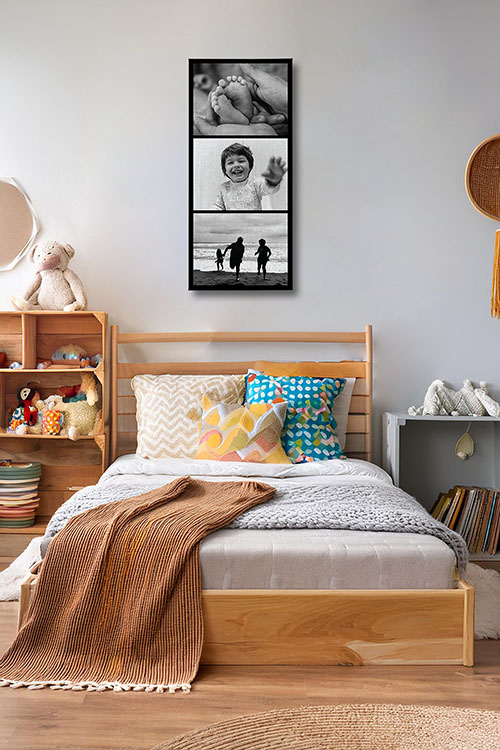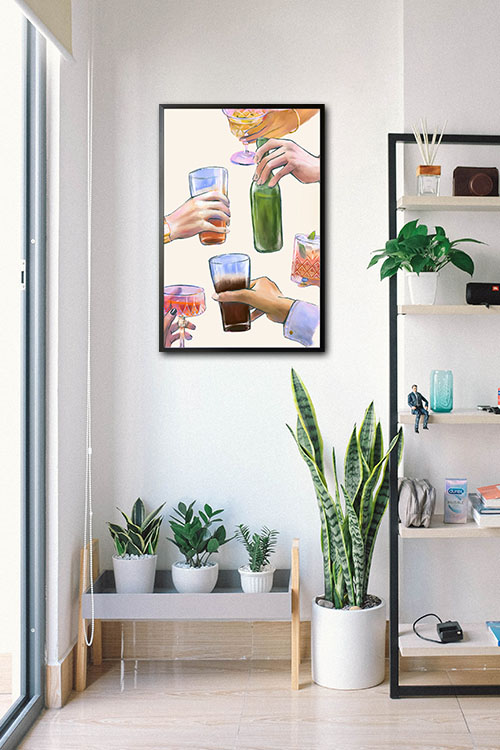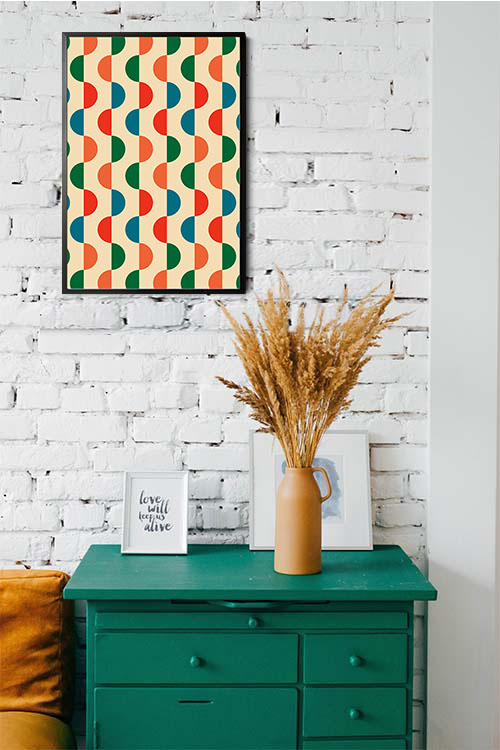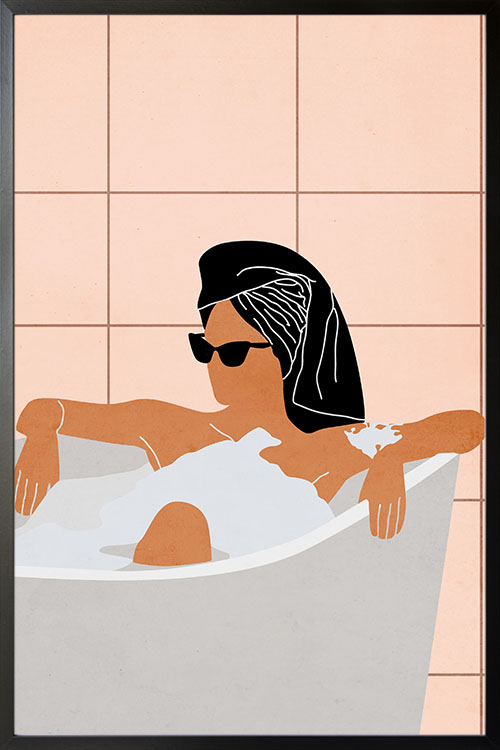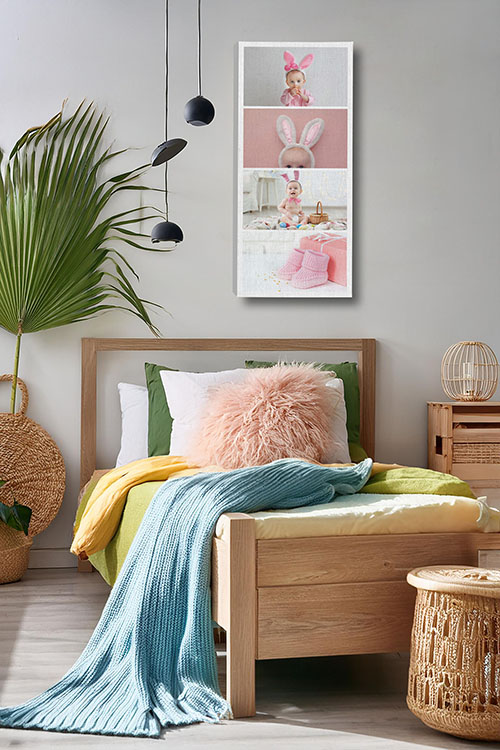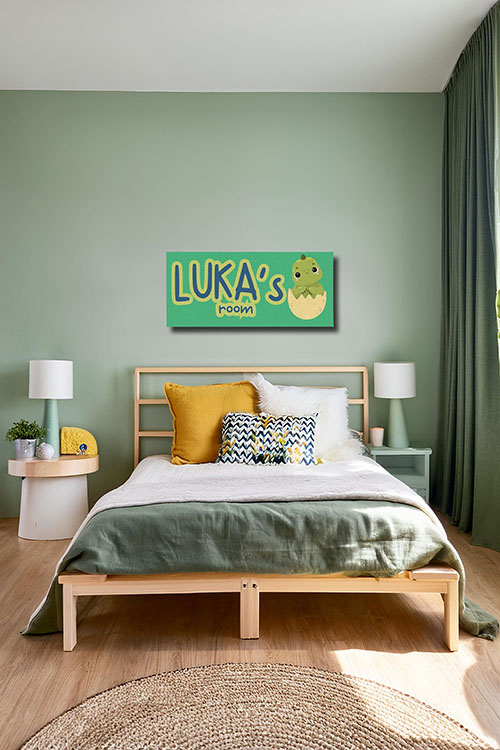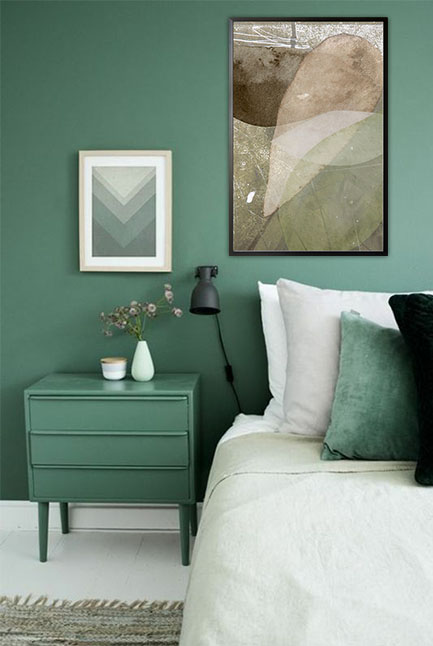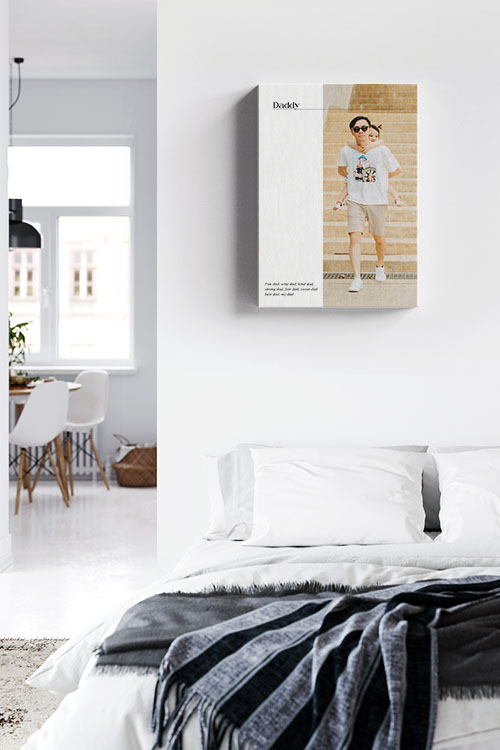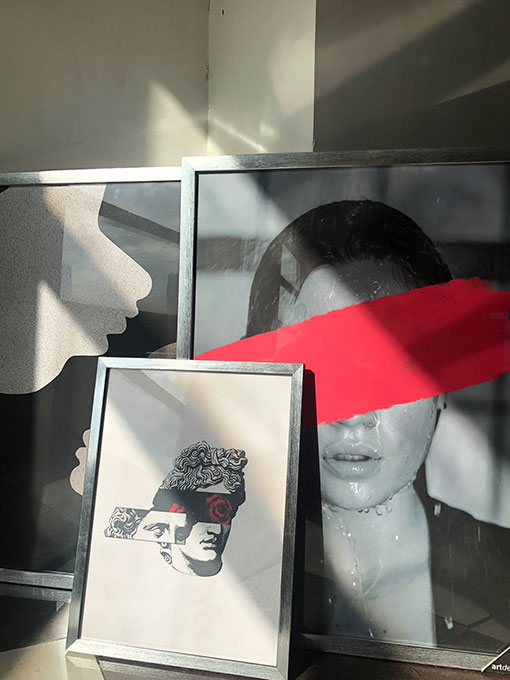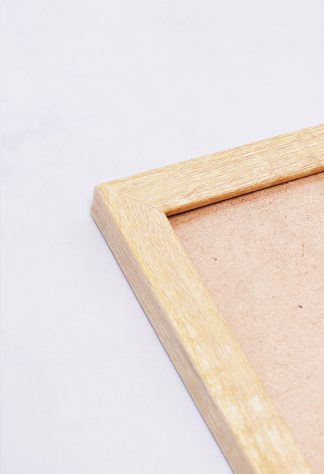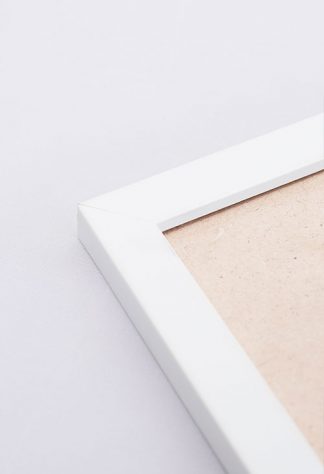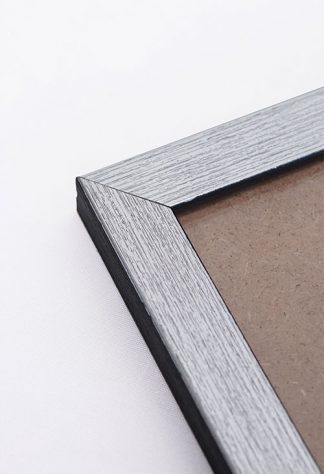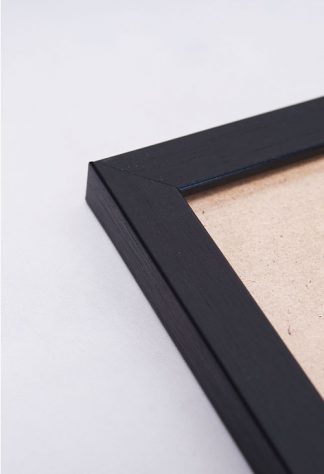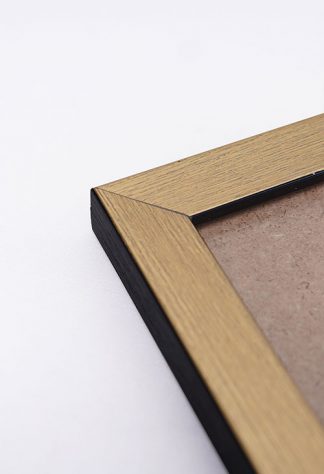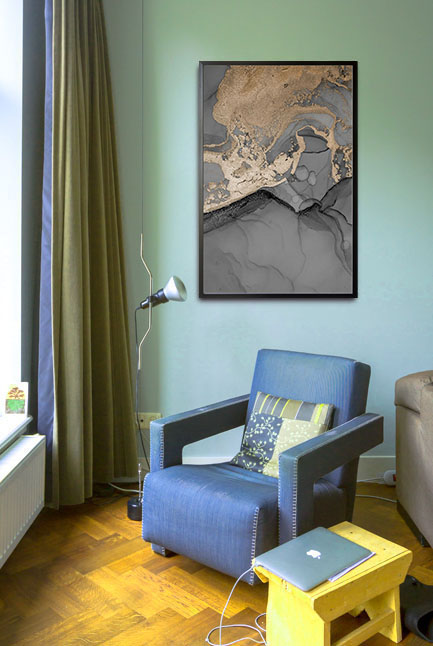
Many homeowners face the challenge of designing a small room to feel bigger, but one of the most effective and transformative tricks to achieve this is using color. The right colors can make a room feel more spacious, open, and airy. Here’s how color influences the perception of space and which hues are ideal for creating the illusion of a larger room.
Light and Neutral Colors
Light colors are universally known to make spaces feel more open. White is a classic choice, reflecting the most light and making walls recede, which can create a sense of depth. Pure white, off-white, or soft beige can make a small room feel less confined. The effect is further enhanced when the ceiling is painted white or a lighter shade than the walls, drawing the eye upwards and adding height.
Other neutral shades like light gray and cream also help enlarge a room. They provide a subtle backdrop that doesn’t overwhelm the senses and allows light to bounce around more freely. These tones create a serene, uncluttered look, ideal for small spaces. Light neutral tones work exceptionally well when paired with similar tones in furniture, creating a seamless, continuous flow of color.
Cool Colors
Cool colors, like soft blues, greens, and lavenders, are calming and recede into the background, creating the impression of a larger room. Light blue mimics the sky or the sea, giving a sense of openness and tranquility. Pale blue tones paired with white trim or soft grays create an airy, fresh environment that feels more expansive.
Light greens also work well, evoking nature and soothing, expansive energy to the room. Mint green, seafoam, or sage are excellent choices for adding depth while maintaining a calm and inviting atmosphere. Lavender and light purples can also give a small room an airy quality, making it feel less constrained.
Monochromatic Palettes
A monochromatic color scheme is another powerful way to make a small room appear larger. This technique involves using different shades of the same color throughout the room. For example, pairing a light gray wall with a darker gray accent or soft furnishings creates depth without overwhelming the space. The key is sticking to light tones that blend seamlessly, avoiding bold, contrasting colors that could make the room busy or enclosed.
High-Gloss Finishes
For small spaces, high-gloss finishes can be a secret weapon. Light reflects off glossy surfaces, amplifying the natural light in the room and making it feel bigger. Glossy paint on walls, ceilings, or furniture can make a small room look more open and brighter. However, using this sparingly is essential, as too much gloss can create an overwhelming effect.
Strategic Accent Colors
While light colors are vital to creating a spacious feel, accent colors can be used strategically to enhance the effect. For instance, a pop of a darker or more vibrant shade on one wall (an accent wall) can add depth without closing in the space. Darker colors like navy, charcoal, or forest green can provide a contrast that draws the eye, making the room feel more dynamic and layered. Consider a navy accent wall in a predominantly light blue room or a forest green feature wall in a room with light green walls.
In a Nutshell
In conclusion, remember that these color tricks are practical and easy to implement to make a small room look bigger. By using light, neutral, and cool tones, creating monochromatic palettes, and experimenting with glossy finishes to maximize light, you can transform a cramped room into a comfortable, airy space that feels much larger than its square footage suggests.
